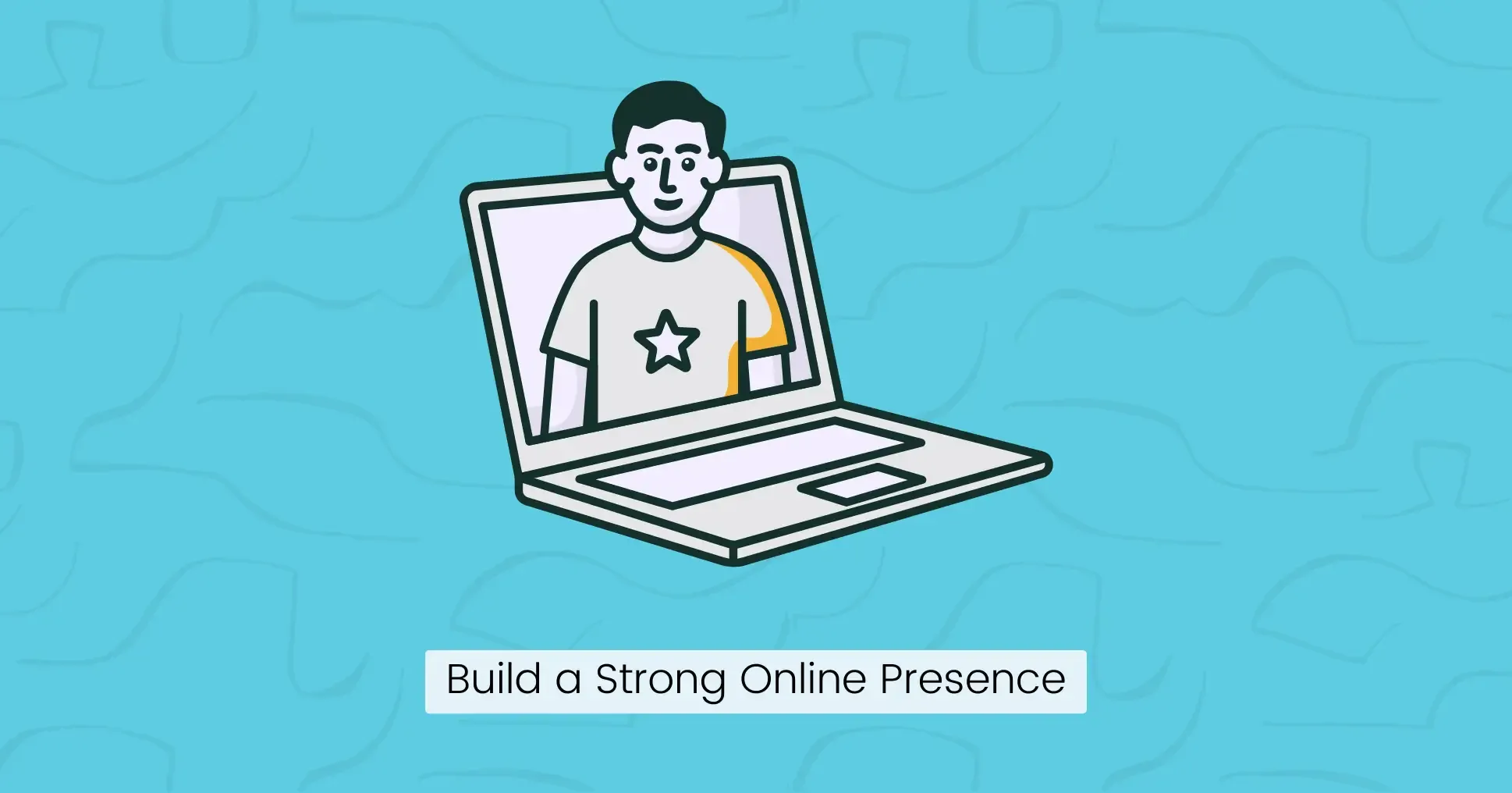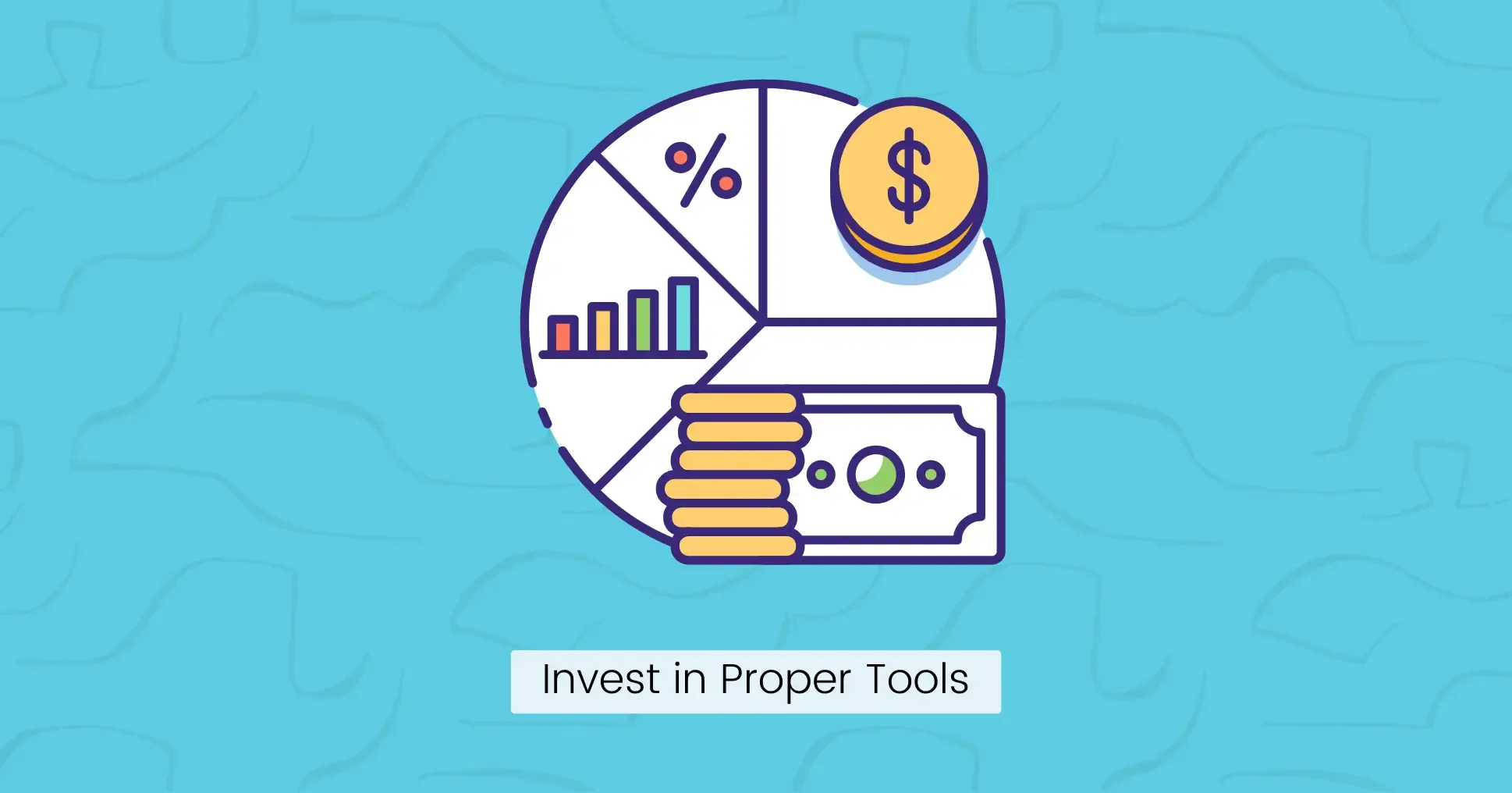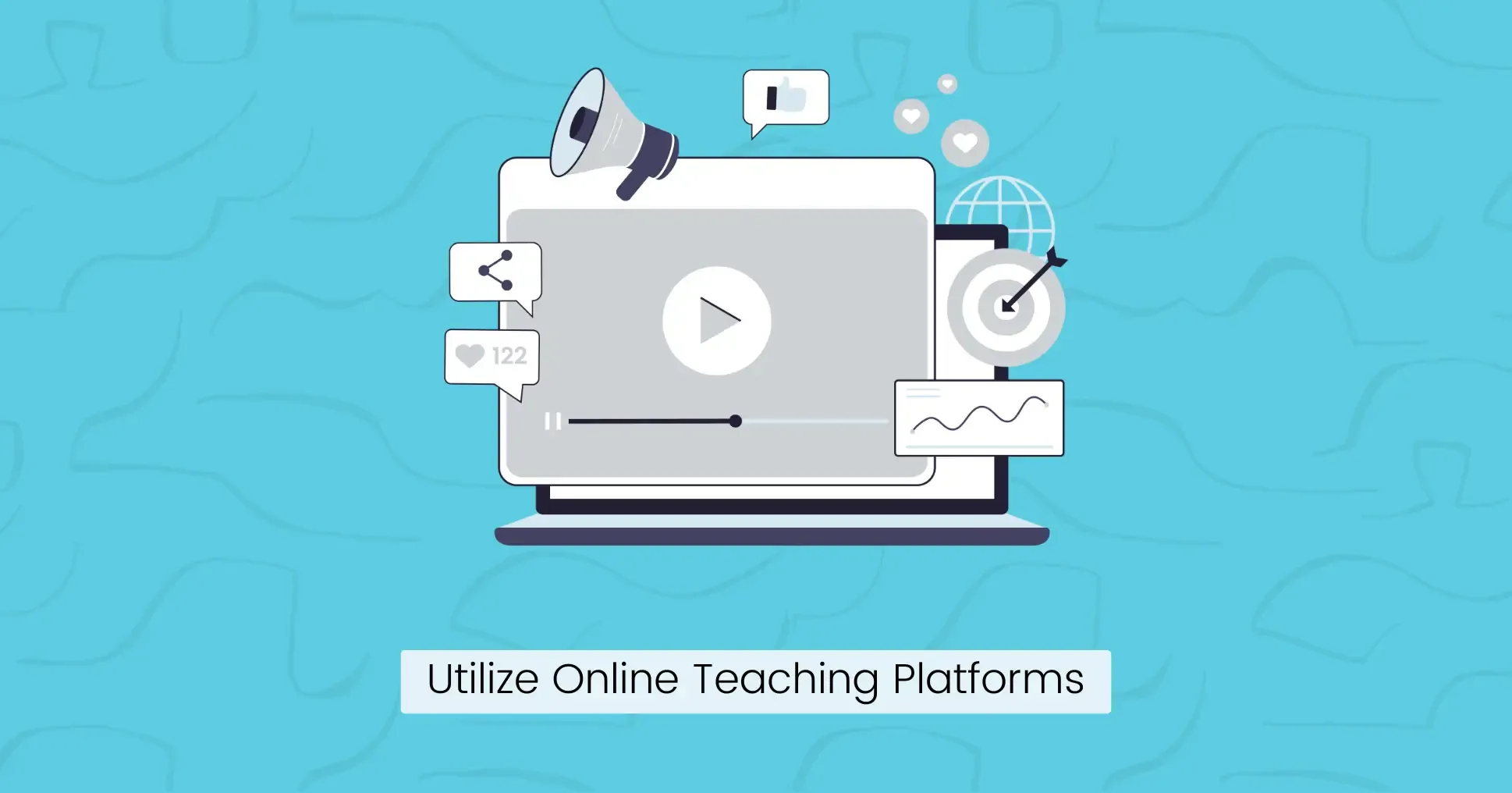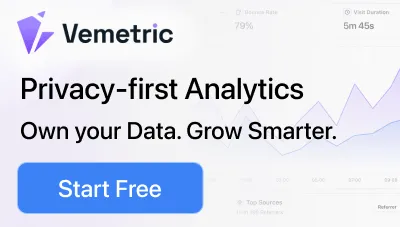
10 Tips to Grow as a Freelance Programming Instructor in 2025
You are here because you want the freedom and flexibility that comes with freelancing.
Imagine being able to replace a single salary with multiple income streams, working from anywhere, and building a personal brand that attracts opportunities directly to you.
You want a career that provides value and generates income even when you’re not actively teaching.
However, building a long-term business as a freelance instructor means figuring out how to get noticed in a crowded online space and turn your skills into something people are willing to pay for.
Understanding a programming concept is one thing, but designing a learning journey to help others grasp it is another. This gap between knowledge and teaching is where many talented developers fail.
If you’re wondering how to become a successful freelance instructor, then you’ve come to the right place.
This guide provides ten actionable tips that will help you teach programming on your terms, set your own schedule, and choose projects that matter to you.
Let’s get started.
How to Become a Freelance Programming Instructor?
Becoming a freelance coding instructor is a great way to combine technical expertise with the flexibility of self-employment.
Here’s how you can do this.
Build a Strong Online Presence

When someone hears you’re an instructor, their first instinct is to look you up.
Without a website or active social media profile, you lose credibility before you even have a chance to speak. If you are invisible online, potential students will have no way to find you.
That’s why you need a strong online presence that acts as your 24/7 digital marketplace. This includes a simple portfolio website and active profiles on key social platforms like LinkedIn or X, where you can demonstrate your knowledge and turn visitors into clients.
Key Tips:
- Your website doesn’t need to be fancy, but it must be professional.
- Focus on a clear homepage, an about page with your story, and a services page that lists your productized tiers.
- Include a way for people to contact you.
- Keep your social media profiles updated with a professional photo and your niche.
Choose Your Niche

Don’t just be a general instructor. You compete with thousands of free and paid resources, making it impossible to stand out or be seen as an expert.
Instead, focus on the specific outcome a student wants to achieve. Your expertise should solve a high-value problem. For example, instead of Python, focus on “Python for Data Analysis” or “Automating Business Tasks with Python.”
This makes marketing ten times easier, allowing you to charge higher rates as an expert and attract students who are a perfect fit for your teaching.
Key Tips:
- Think about what specific problem you can solve.
- Structure your curriculum around achieving that single outcome.
- Make sure your marketing message is clear and to the point.
- Choose a niche you genuinely enjoy.
Invest in Proper Tools

Explaining complex code with plain text or poorly formatted slides confuses students, leading to poor learning outcomes.
This results in negative reviews, high drop-out rates, and damage to your reputation as an effective instructor.
Select the right tools for teaching programming and create visually engaging technical content to improve knowledge retention and student satisfaction.
This will make you look professional and set your content apart from others.
Key Tips:
- Use Snappify to create beautiful code snippets and presentation slides for your social media posts and course materials.
- Tools like Excalidraw help you create architectural diagrams that make complex ideas easy to understand.
- Use screen recording tools to share code reviews, demos, or tutorials.
- For live teaching, use OBS Studio to switch between your code editor, diagrams, and camera.
snappify will help you to create
stunning presentations and videos.
Utilize Online Teaching Platforms

Building a website, payment system, and video hosting platform from scratch is complex and time-consuming. Not to mention, it distracts you from your core work: teaching.
If you lack the initial audience and technical resources to host and sell courses on your own, you can start on established platforms like Udemy to build your reputation, and then use that credibility to guide students to your own platform, where you keep more revenue and build direct relationships.
Key Tips:
- Use Udemy to run promotions and gather your first 100 students and testimonials.
- Post on YouTube to gain an audience and promote your teaching style for free.
- In your video descriptions, you can direct people to your website for the full course or downloadable resources.
- You can also edit a long YouTube series on a specific topic and package it into a full course for your website.
Set Competitive Rates and Offer Flexible Packages

Having only one package means you miss out on students with different levels of commitment and budget.
Research what others in your niche charge. Then, structure your offerings into tiers and service packages with fixed scopes and prices.
For example, you could offer different tiers such as:
- A self-paced video course.
- Group coaching with weekly Q&A sessions.
- Premium one-on-one project.
This provides options for different types of students and allows you to scale your income.
Key Tips:
- Define 2-3 clear service packages with fixed prices and deliverables.
- Your lowest tier should be an easy yes. Your highest tier should be for your most dedicated students.
- Raise your prices with each new batch of students as you gain more testimonials and improve your course.
Offer Free Resources

Asking someone to pay hundreds of dollars for a course from an instructor they don’t know or trust is a big risk for them. No matter how good your sales page is, most people won’t buy from you if they can’t get a feel for how you teach.
Create high-value free resources that showcase your teaching experience and style.
This is a powerful marketing strategy for building trust, making people more likely to invest in your paid products.
Key Tips:
- Create small, free lessons that showcase your niche expertise.
- You can offer a sample video, a detailed tutorial blog post, or a cheat sheet.
- Place a clear call to action at the end of your free resource, inviting them to your paid course.
Use Testimonials and Success Stories

Testimonials provide social approval and are one of your most effective conversion tools. Without social proof, people have no reason to believe your claim.
Collect and display testimonials and success stories from your students, outlining how they solved a problem after completing your course.
Key Tips:
- Ask successful students to share their stories on your website.
- Feature testimonials prominently on your homepage.
Network with Other Instructors and Developers

Working alone limits your knowledge and growth opportunities. Your network is a primary source of new ideas and students. It leads to partnerships, guest teaching opportunities, valuable feedback, and student referrals.
Key Tips:
- Connect with other instructors on social media platforms.
- Actively participate in developer communities on Discord or Reddit related to your niche.
- Offer help, share your work, and build genuine relationships.
Separate Your Teaching Time from Business Time

Freelancing can become a full-time job if you let it. To protect your focus, set strict time limits for each task.
This discipline is essential to avoid burnout and constant context switching, which drains your energy and reduces the quality of both your teaching and business development.
Key Tips:
- Use a calendar to organize tasks like student sessions, content creation, and marketing.
- Set aside time for content creation and lesson planning.
Keep Learning and Stay Updated

Your value as an instructor is tied to your ability to teach relevant skills. If your course becomes outdated, you will receive negative reviews, and your reputation will suffer.
Staying current guarantees your students’ success in the job market and keeps your business competitive.
Key Tips:
- Dedicate consistent time to learning new programming skills.
- Read documentation, follow key influencers in your niche, and take courses yourself.
- Follow the official blogs and release notes for core web development technologies.
- Continuously update your teaching methods, lesson plans, and course materials.
snappify will help you to create
stunning presentations and videos.
Final Words
Becoming a successful freelance programming instructor requires more than just knowing how to code. Your goal is to build a business that grows with you.
By focusing on a specific niche, using the right tools, and sincerely assisting your students, you will gradually create a career that offers both freedom and satisfaction.
For further reading:
- Best Practices for Teaching Programming
- 11 Coding Habits to Avoid
- Best Web Development Tool to Improve your Workflow
FAQs:
What are the most popular programming languages for a freelance instructor to teach?
Python remains a top choice due to its use in data science, automation, and artificial intelligence. JavaScript is another favorite because it is essential for web development.
Is it better to teach a broad language like Python or a specific framework like React?
Teaching Python or JavaScript attracts absolute beginners and provides a wider potential student base. Teaching a specific framework attracts students who already know the basics and are looking to specialize for a job or project. You can start by teaching the fundamentals of a core language, then create advanced courses on popular frameworks.
